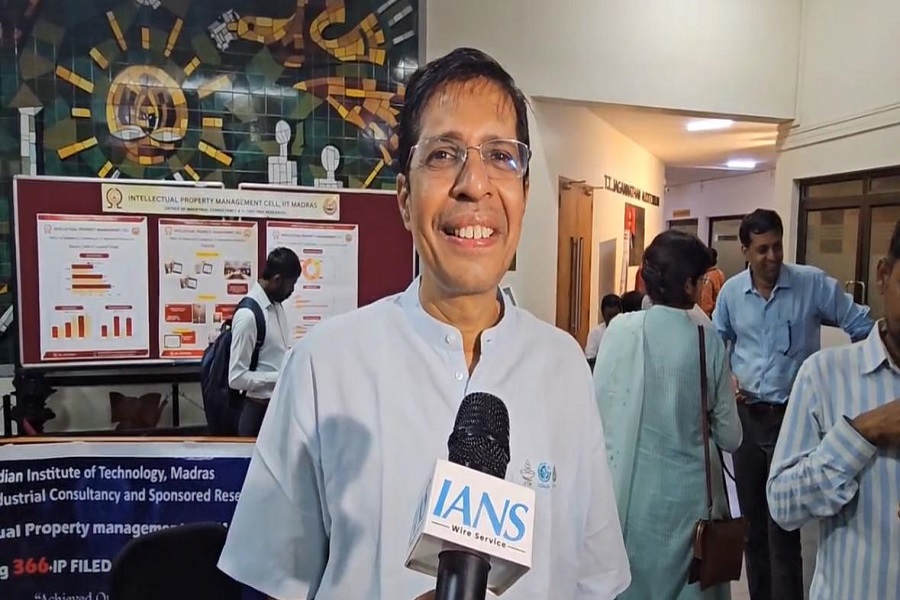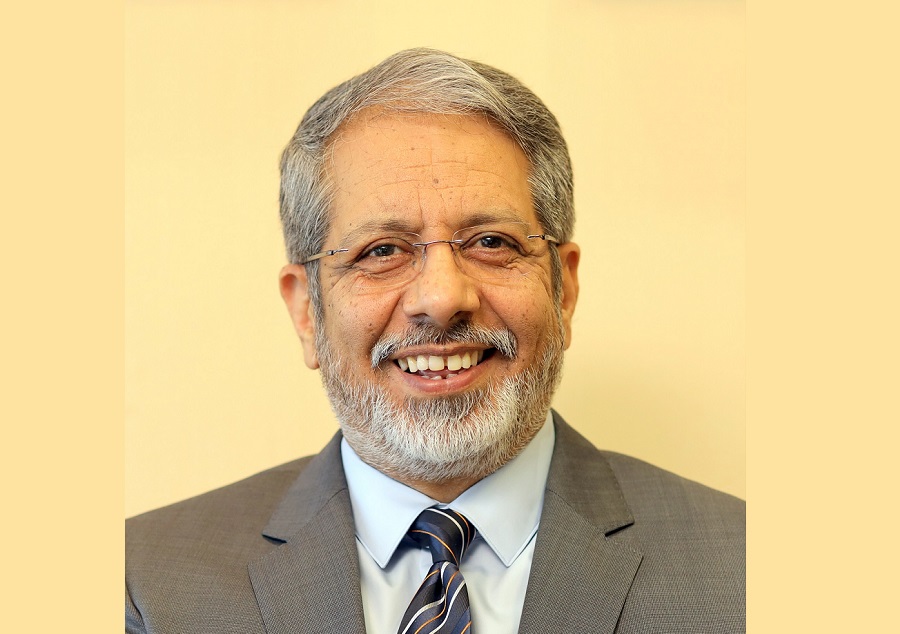RBI Policy Note by Puneet Pal, Head - Fixed Income, PGIM India Mutual Fund - A Balanced Policy

Below the note on RBI Monetary Policy by Puneet Pal, Head- Fixed Income, PGIM India Mutual Fund
In our view, this policy has a dovish undertone. The dissenting vote of Prof. Varma in favour of a rate cut is a positive and it’s a matter of time when RBI changes its monetary stance as core Inflation is trending lower. In our view, RBI will await cues from the major global central banks in respect of easing monetary policy and that can happen from June onwards.
Crude prices have fallen despite the crisis continuing in middle east and global bond yields have retracted sharply from their highs over the course of the last couple of months. Till the financial year end (March 2024), RBI is likely to focus on liquidity management and macroeconomic stability.
We continue to believe that rate cuts in India will start from Q3 CY2024 onwards. Bond yields tend to react in advance of the start of a rate cutting cycle and thus we believe it is the right time for investors to start increasing their allocation to Fixed Income, especially at the longer end of the curve.
Investors with medium to long term investment horizon can consider funds having duration of 6-7yrs with predominant sovereign holdings as they offer a better risk-reward currently. Investors having an investment horizon of 6-12 months can look at Money Market Funds as yields are attractive in the 1yr segment of the curve. We expect the benchmark 10yr Bond yield to gradually drift lower towards 6.50% by Q3 CY2024.
The decision on policy rates was not a unanimous decision with Prof. Varma voting for a rate cut which was a first non-unanimous decision on policy rates for a while. The monetary policy stance of “withdrawal of accommodation” was retained with a 5-1 majority as Prof. Varma, consistent with his earlier views and the current view favouring a rate cut, expressed reservation on the stance.
Acknowledging the steady growth momentum, RBI projected its FY25 GDP growth forecast at 7.00%, which is higher than implied in the Interim budget and also higher than its earlier estimate of 6.50%. The consensus estimate in the market is also in the vicinity of 6.3%. Thus RBI, like last year, has a growth forecast which is above the market consensus.
The RBI governor, in his statement, highlighted the elevated level of public debt in many countries, including advanced economies which is raising concerns on macroeconomic stability in such countries while in India’s case the fiscal consolidation path and improved growth prospects can lead to the general government debt coming down gradually. As per IMF, the general government debt of India increased to 88.50% of GDP during the pandemic year 2020 which has come down to 81% of GDP in 2022 and is further projected to come down to 80.50% by 2028.
The MPC statement forecasted FY25 Inflation at 4.50%, assuming normal monsoons while mentioning the fall in core CPI to a 4yr low of 3.80% in December 2023. The RBI governor, in his statement, mentioned that its stance of “withdrawal of accommodation” should be seen in the context of incomplete transmission of repo rate hikes and headline CPI inflation ruling above the 4% target.
On Liquidity, Deputy Governor Patra mentioned that RBI’s endeavour is to keep overnight rates anchored to the policy repo rate. The governor’s statement mentioned that INR has remained stable compared to both its emerging market peers and a few advanced economies. In terms of coefficient of variation INR exhibited the lowest volatility in 2023-24, which reflected the strength and stability of the Indian economy, its sound macroeconomic fundamentals and financial stability and improved external position.



Market Reaction
In the run up to the policy, certain sections of the bond market were expecting a change in the monetary policy stance especially after the lower than expected fiscal deficit in the Interim Budget which did not happen but the market remained steady focussing on the favourable demand/supply dynamics going ahead. Bond market yields at the longer end had come down and the curve had bull flattened ahead of the policy. The market read the policy as neutral taking into account Prof. Varma’s vote for a rate cut and remained flat after the policy.
Above views are of the author and not of the website kindly read disclaimer
























